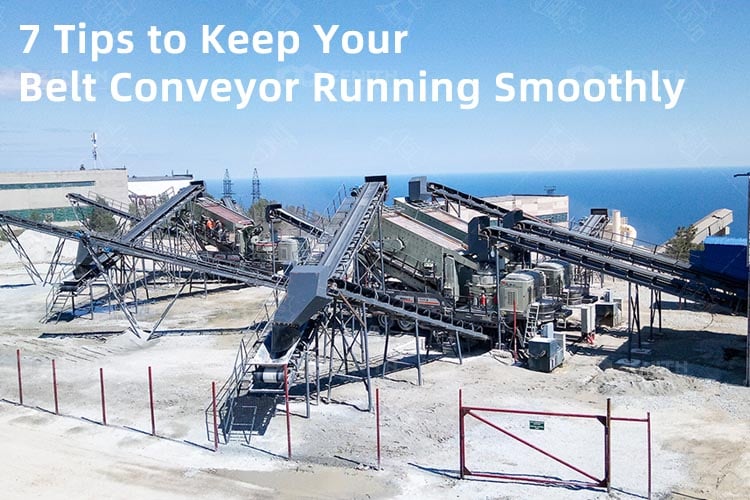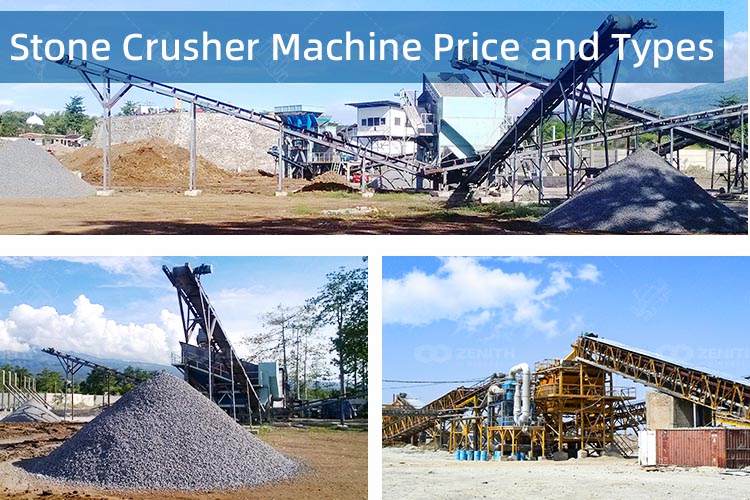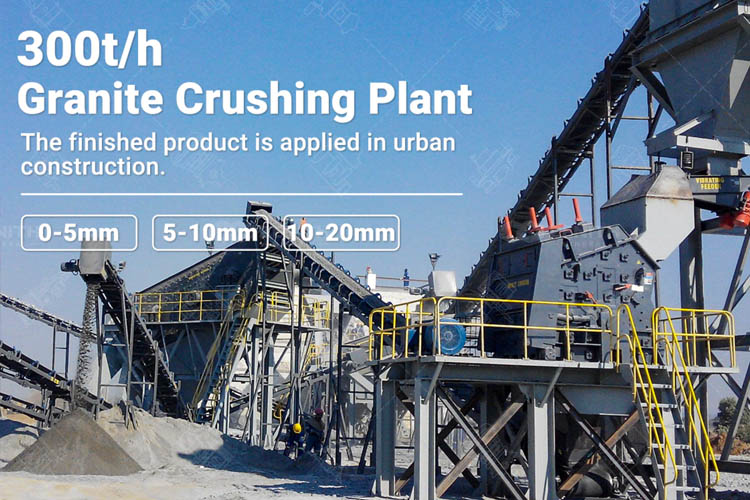Belt conveyors are an essential component of many industries, including mining, manufacturing, food processing, and packaging. They play a crucial role in the transportation of materials and products, ensuring that operations run efficiently and effectively. However, like any piece of equipment, belt conveyors require proper maintenance and care to keep them running smoothly and reliably. This comprehensive guide will provide you with the necessary knowledge and best practices to maintain your belt conveyor system, ensuring maximum productivity and minimal downtime.

Before diving into maintenance strategies, it's important to understand the basic components and functions of a belt conveyor system. A typical belt conveyor consists of the following elements:
Understanding these components and their functions is the first step to keeping your belt conveyor running smoothly.
By following the 7 tips below, you can keep your belt conveyor running smoothly and efficiently for many years:
Inspecting your belt conveyor system on a regular basis will help you identify and address any issues that may arise during operation. Regular inspections should include:
Keeping your belt conveyor clean and well-lubricated is essential for optimal performance and longevity. Build-up of dirt, debris, or foreign materials can cause premature wear and damage to the belt and other components, while insufficient lubrication can lead to increased friction and accelerated wear. Follow these guidelines for cleaning and lubricating your belt conveyor:
Proper belt tracking is essential for smooth and efficient operation of your belt conveyor system. Misaligned belts can cause excessive wear on the belt edges, idlers, and pulleys, as well as increased noise and vibration. To maintain proper belt tracking, follow these steps:
Over time, your conveyor belt may require splicing or repairs to maintain optimal performance. Whether you're dealing with a damaged belt or a worn splice, it's important to address the issue promptly to prevent further damage and downtime. Consider the following tips for splicing andrepairing your conveyor belt:
Preventive maintenance is the most effective way to ensure the longevity and reliability of your belt conveyor system. By routinely performing maintenance tasks, you can catch potential issues before they become serious problems, minimizing downtime and costly repairs. Implement a preventive maintenance schedule based on the manufacturer's recommendations and your specific operational needs. The schedule should include tasks such as:
Safety should always be a top priority when maintaining and operating a belt conveyor system. Implementing proper safety measures will help protect your employees, reduce the risk of accidents, and ensure compliance with relevant regulations. Follow these safety guidelines for your belt conveyor system:
Proper training is essential for ensuring the safe and efficient operation of your belt conveyor system. Well-trained employees are more likely to identify and address potential issues before they become serious problems, minimizing downtime and costly repairs. Implement a comprehensive training program that includes the following elements:
Keeping your belt conveyor running smoothly is essential for maintaining productivity and minimizing downtime in your operations. By implementing a preventive maintenance schedule, conducting regular inspections, and addressing issues promptly, you can ensure the longevity and reliability of your belt conveyor system. Remember to prioritize safety and employee training to create a safe and efficient work environment. With proper care and maintenance, your belt conveyor system will continue to serve your needs for many years to come.

There are many types of stone crusher machines on the market. In this article, we will introduce the types and price of the stone crusher and how to select the most suitable one.

Developing high-quality machine-made sand with stable output capacity and quality to replace river sand can not only solve the imbalance between supply and dema

Due to the high quality of granite, the machine-made sand made from granite is very popular in the field of sand and gravel. And due to its high hardness, the choice of granite stone crushing machine should be careful.
Fill your requirements here, and we'll send the custmized solution and quotation to you by the reserved contact information.